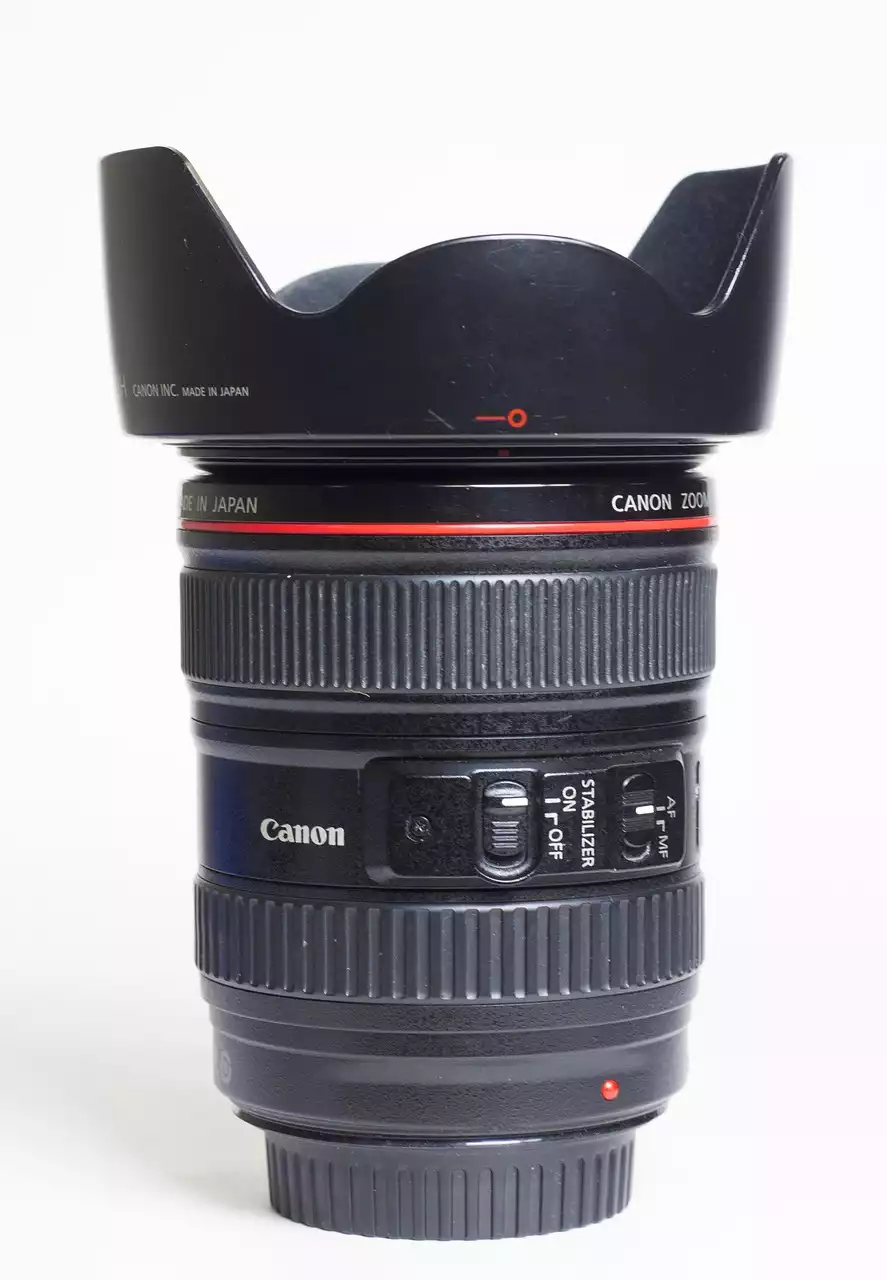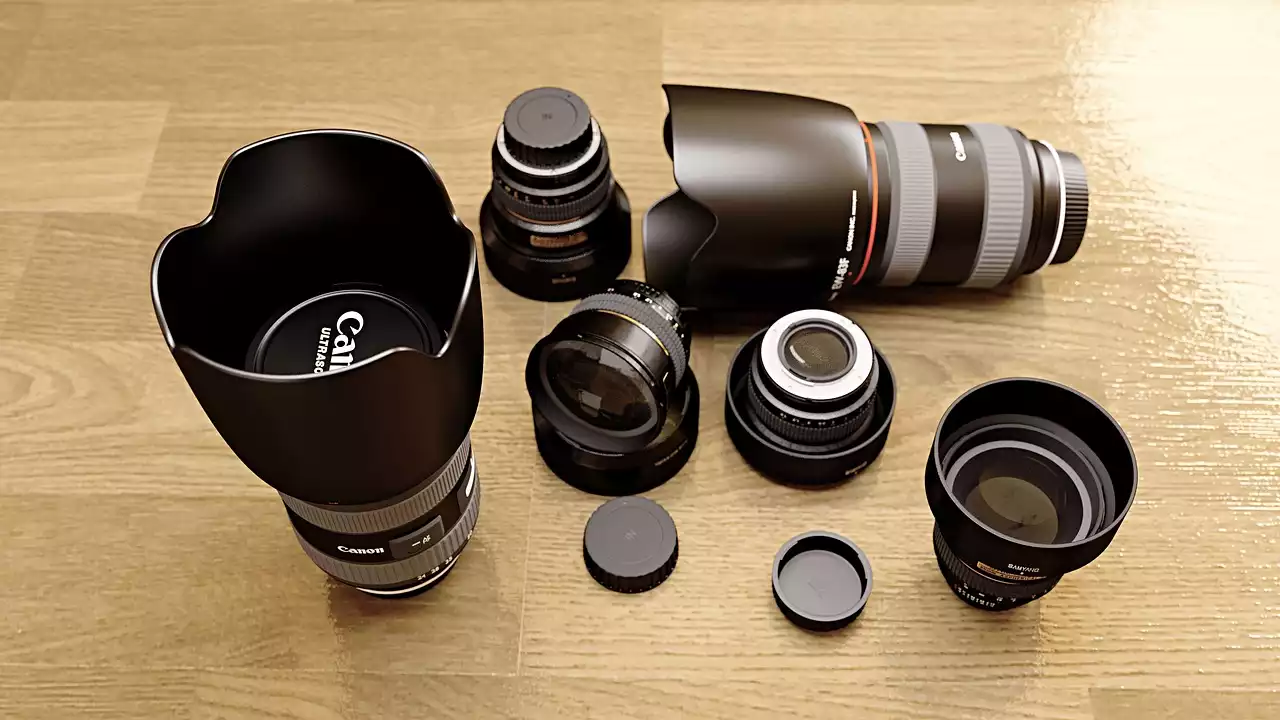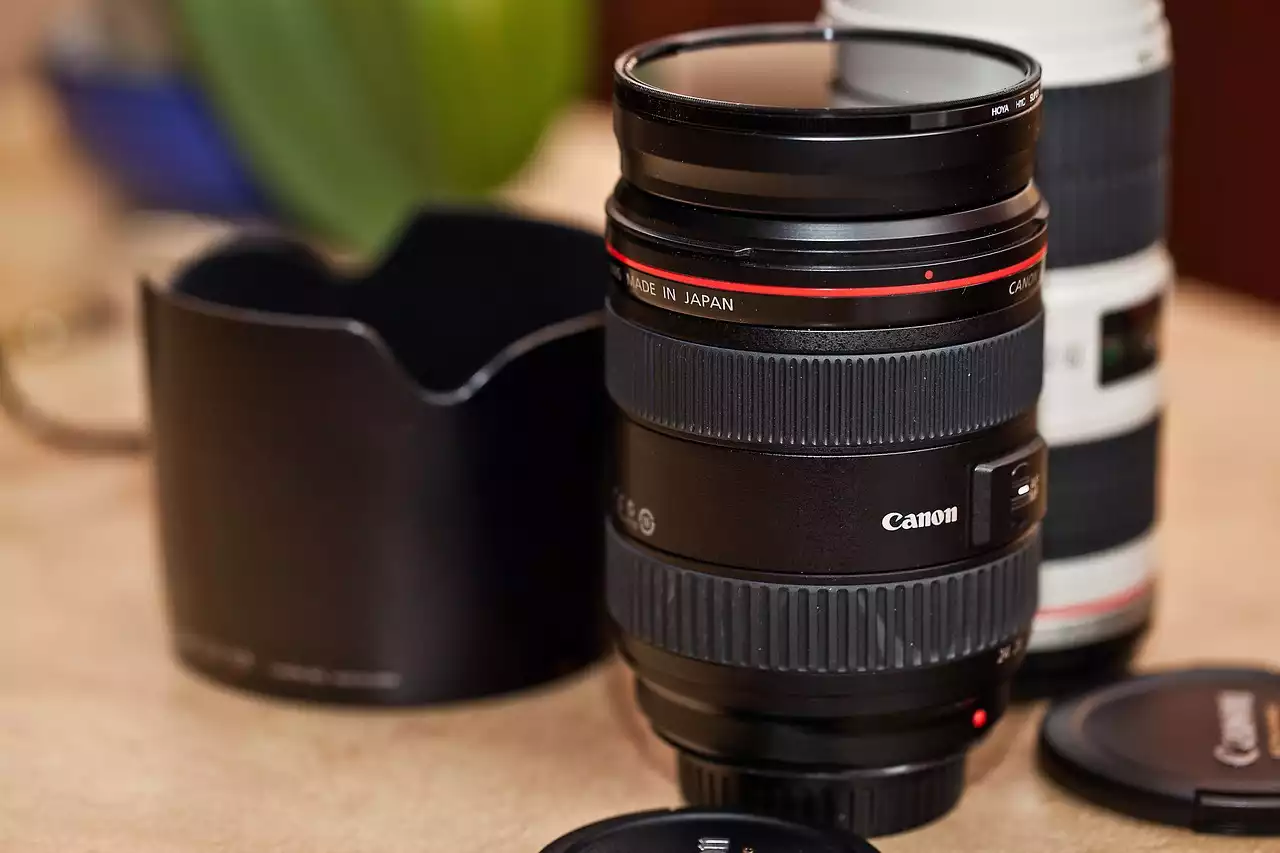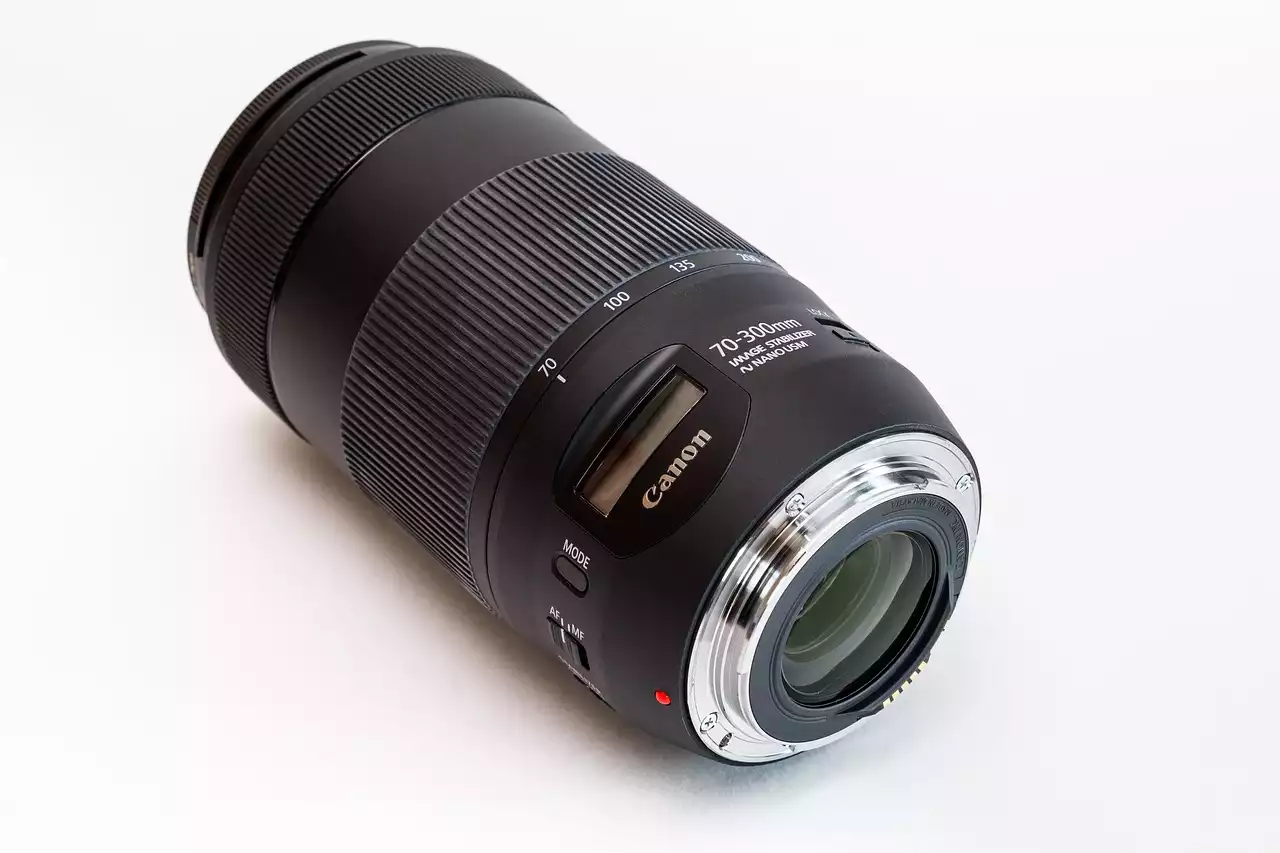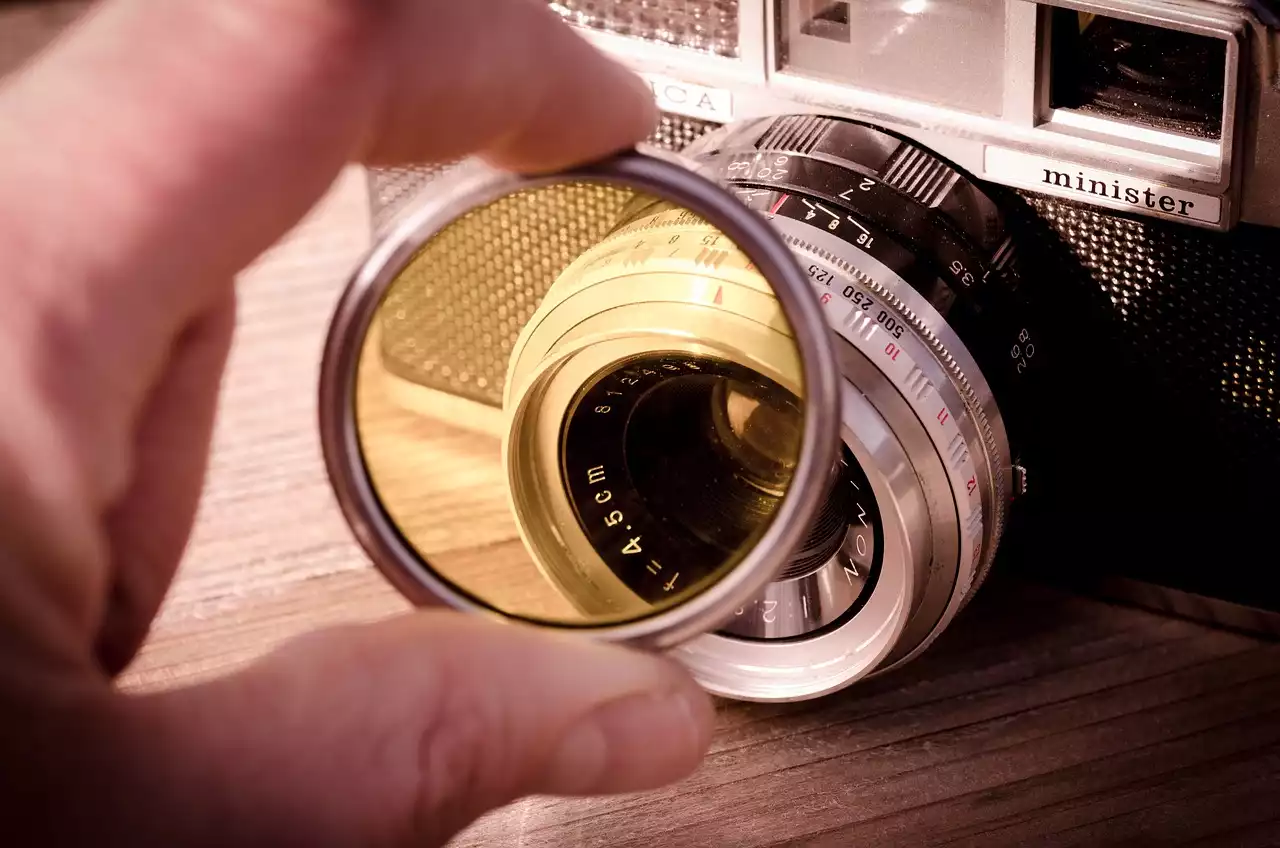Overview of Canon's L series lenses
Canon’s L series lenses are designed for advanced amateurs and professionals andd are designed to be as durable as possible, meaning they can put up with a lot of wear and tear. The L series also has many specialty lenses, such as macro and tilt-shift lenses, which are designed with a specific purpose or task in mind. Being an L series lens, you can expect excellent and consistent optics, great color, and high resolution. Canon’s L series includes 15 different lens types, ranging from large zoom and telephoto prime lenses to wide-angle prime lenses. Zoom lenses are the most popular type of L series lens, making up 30% of the lineup. Lenses in the 20mm-50mm range are the most common, making up 35% of the lineup.
Benefits of using Canon L series lenses
The L series lenses are designed to be extremely durable, meaning they can withstand a wide range of conditions, from extreme temperatures to rough handling. This makes them ideal for both professionals and amateurs who need a lens that can put up with a lot of abuse. The L series lenses also have excellent optics, meaning they have high resolution and great color. There is also a wide selection ofL-seriess lenses to choose from, making it easy to find the perfect lens for any situation. L series lenses are also extremely expensive. With a wide range of prices, these lenses will fit any budget. If you need a durable lens that can withstand a lot of abuse, an L series lens is the best choice.
Types of Canon L series lenses
Canon’s L series includes 15 different lens types, ranging from large zoom and telephoto prime lenses to wide-angle prime lenses. Zoom lenses are the most popular type of L series lens, making up 30% of the lineup. Lenses in the 20mm-50mm range are the most common, making up 35% of the lineup. Large zoom and telephoto prime lenses
- Large zoom and telephoto prime lenses are ideal for photographers who need to travel light. These lenses are often very long, meaning they have a very high focal length, making them ideal for shooting inlow-lightt and wide landscapes. Wide-angle prime lenses
- Wide-angle prime lenses are designed for shooting indoors and in close quarters, allowing you to take photos in tight spaces. These lenses are short and wide, making them ideal for shooting in small or cramped areas.
Features of Canon L series lenses
- Durable - The L series lenses are built to last, so they can withstand a wide range of conditions, from extreme temperatures to rough handling. This makes them ideal for both professionals and amateurs who need a lens that can put up with a lot of abuse.
- Excellent optics - The L series lenses have excellent optics, meaning they have high resolution and great color. There is also a wide selectionof of-reassesss lenses to choose from, making it easy to find the perfect lens for any situation.
- Wide selection - The L series lenses also have a wide selection, meaning there is a lens designed for any situation. There are wide-angle, telephoto, and prime lenses to choose from, so you can have a lens for any situation.
How to properly use and care for Canon L series lenses
- Clean the lens - After each use, you should clean the lens to prevent dust and debris from building up. You can use a lens cleaning solution to remove any dirt and grime from the lens.
- Store the lens properly - You also need to properly store the lens. Never leave the lens in direct sunlight, and make sure it’s in a dry place. Furthermore, you should always use a lens cover so you don’t scratch the lens.
- Use the right gear - You don’t just need good gear, but you need the right gear. Never use a cheap lens cap, and always use a UV filter when you’re out shooting.
Examples of stunning images taken with Canon L series lenses
- Canon 24-105 f/4 L IS - The Canon 24-105 f/4 L IS is a wide-angle zoom lens with a focal length of 24-105mm. This lens has a wide aperture of f/4, which makes it great for shooting in low light or isolating your subject.
- Canon 100-400 f/4.5-5.6 L IS II - The Canon 100-400 f/4.5-5.6 L IS II telephoto zoom lens has a focal length of 100-400mm, making it great for shooting sports or wildlife. This lens has a wide aperture of f/4.5-5.6, making it ideal for shooting in low light or isolating your subject.
Alternatives to Canon L series lenses
There are many alternatives to Canon L series lenses. Some cheaper alternatives include the Sigma and Tamron brands. These brands are also known for making high-quality lenses, but at a lower price. If you don’t need a wide-angle or telephoto lens, you can also go for a mid-range zoom lens like the Rokinon 14mm f/2.8. If you don’t want a zoom lens, then a prime lens is a good alternative. These lenses aren’t very versatile, but they produce the crisp and clear photos.
